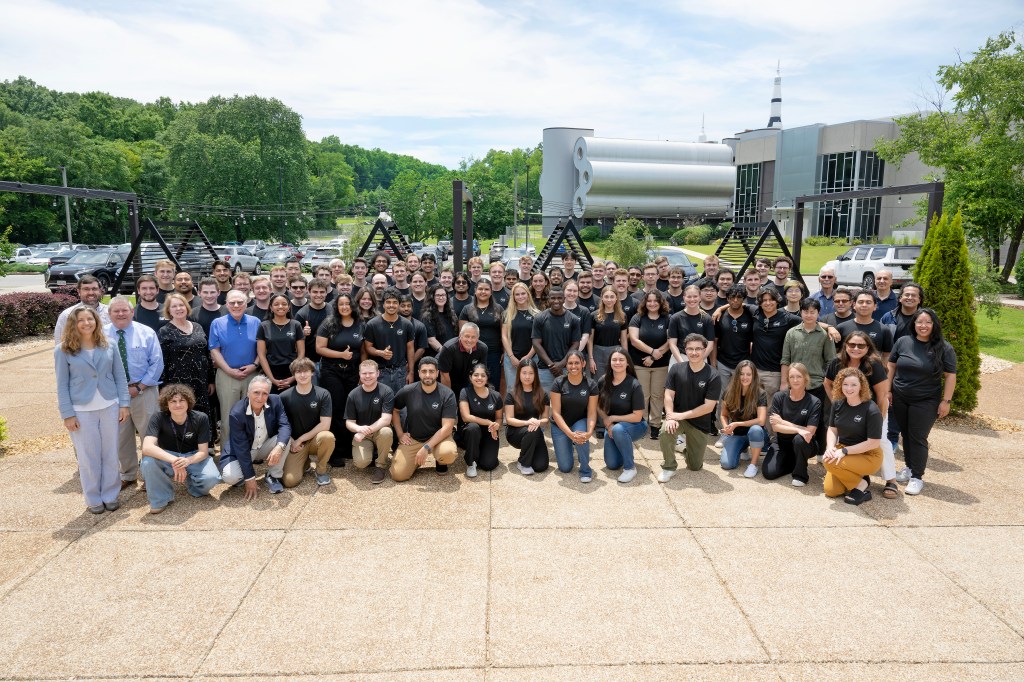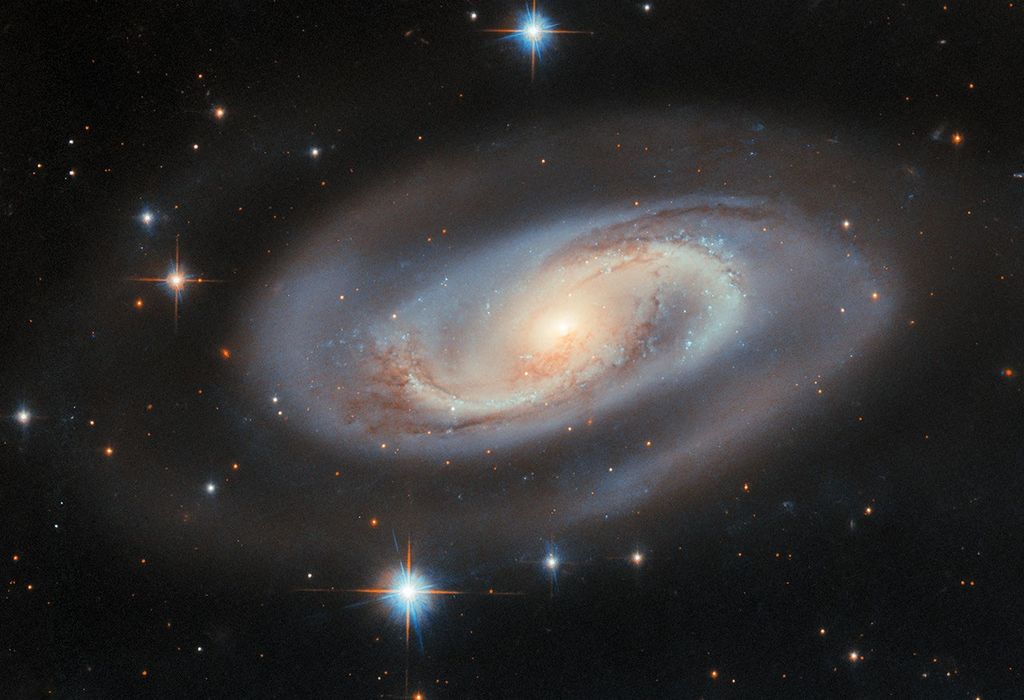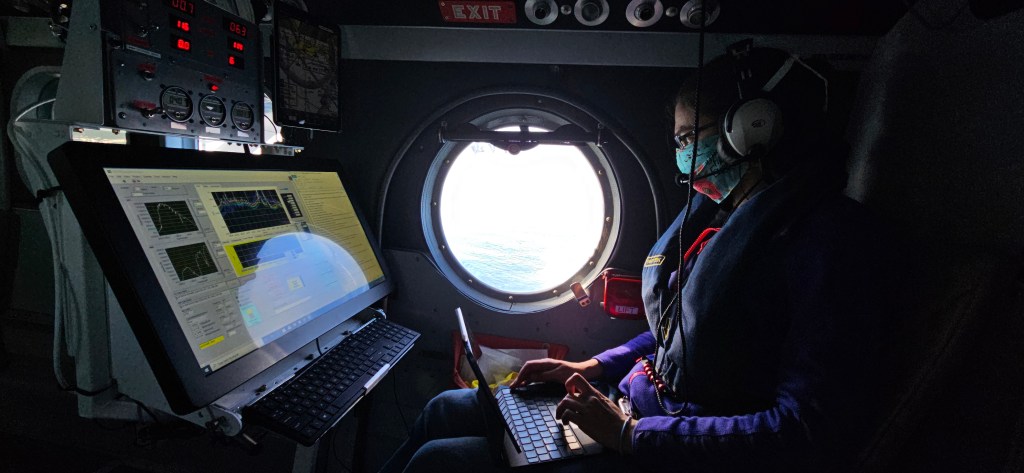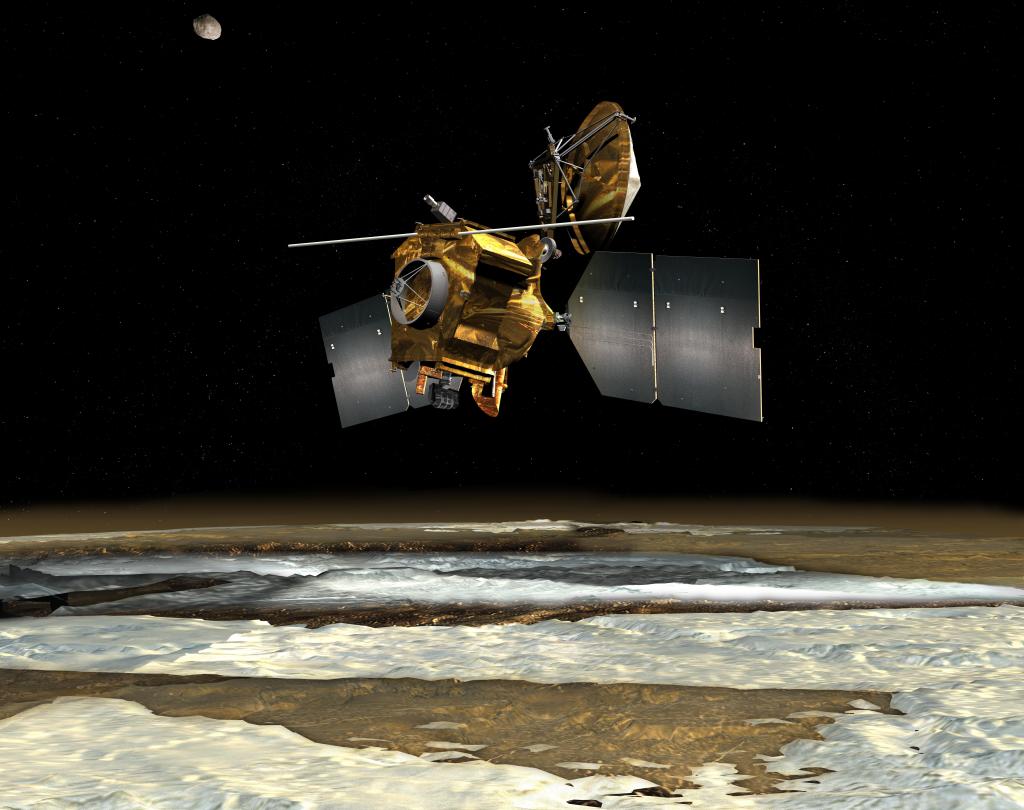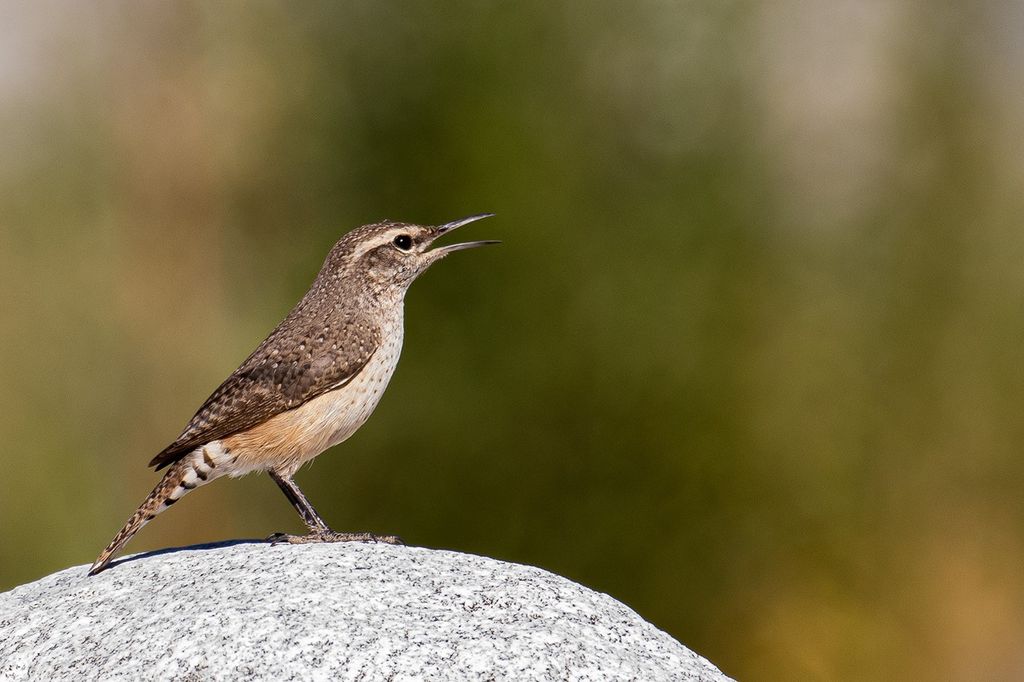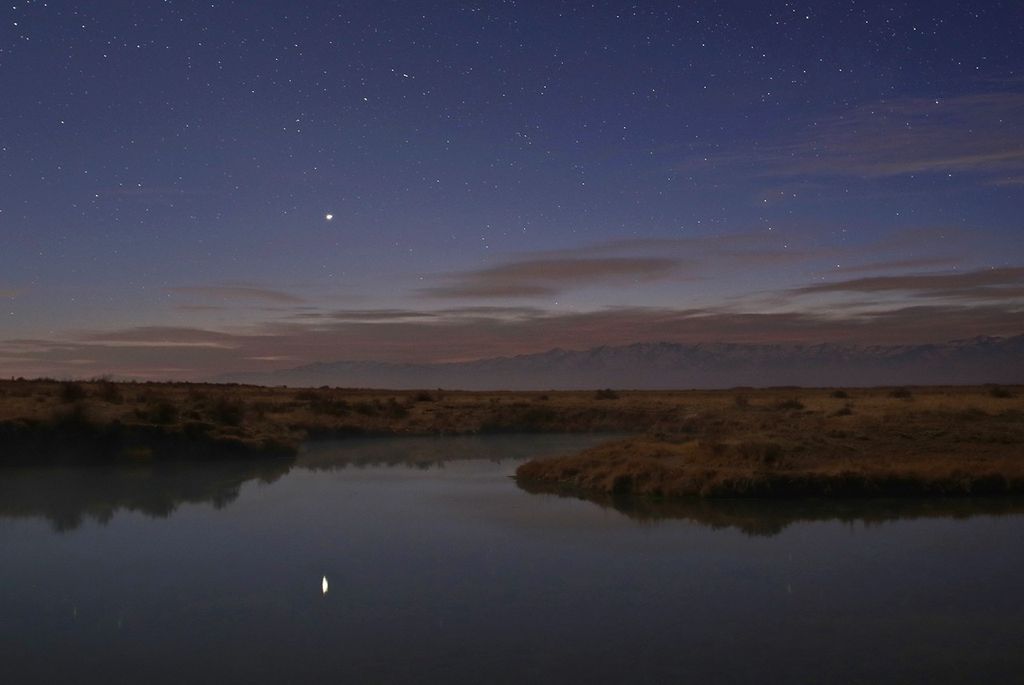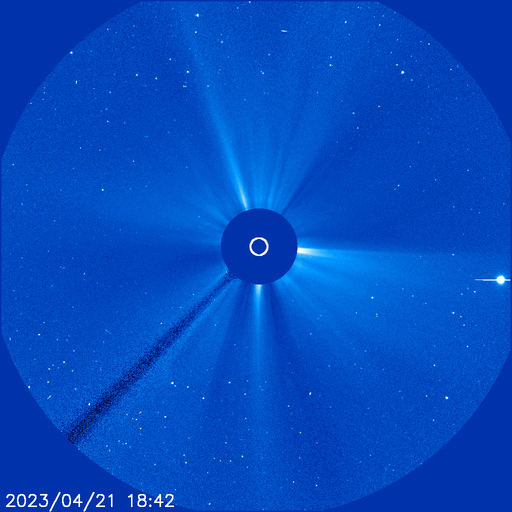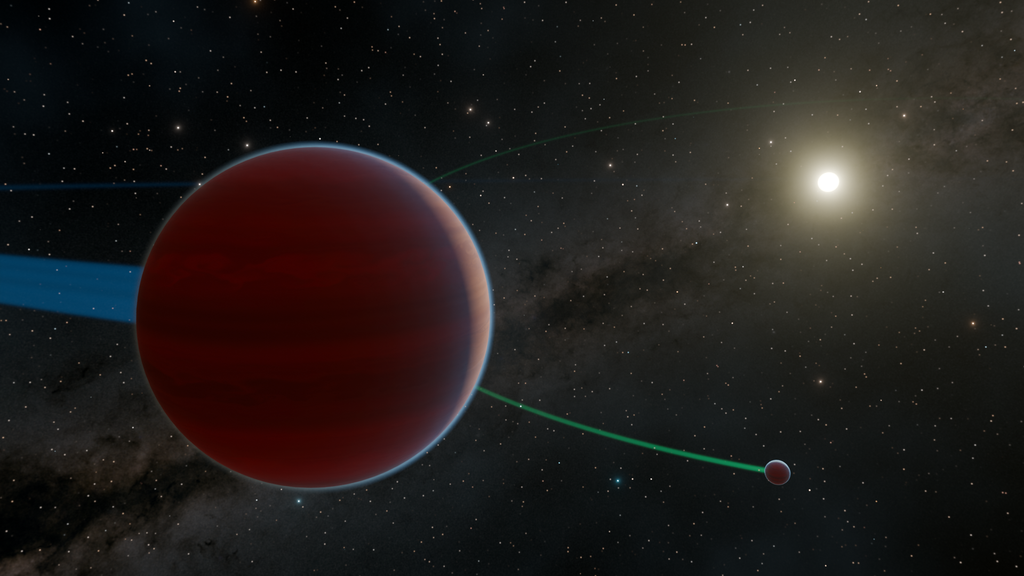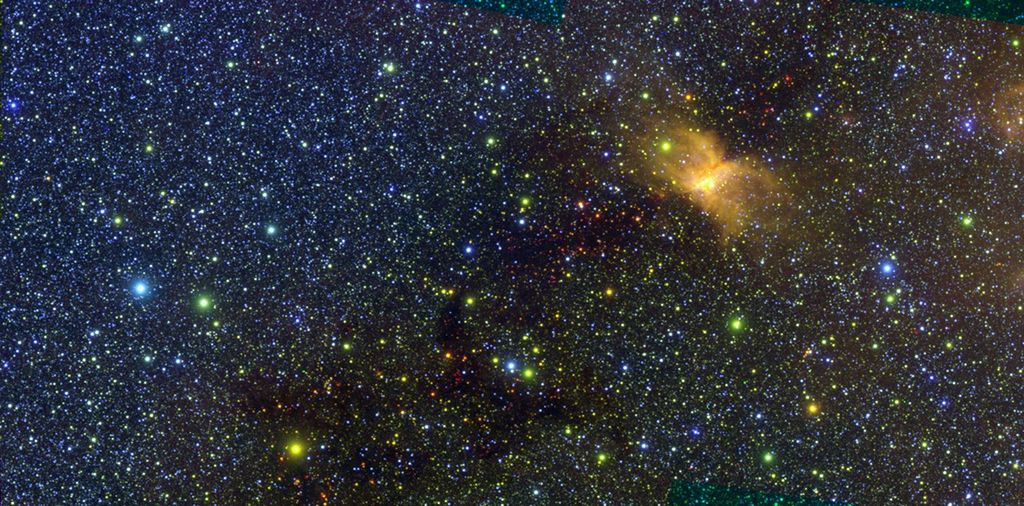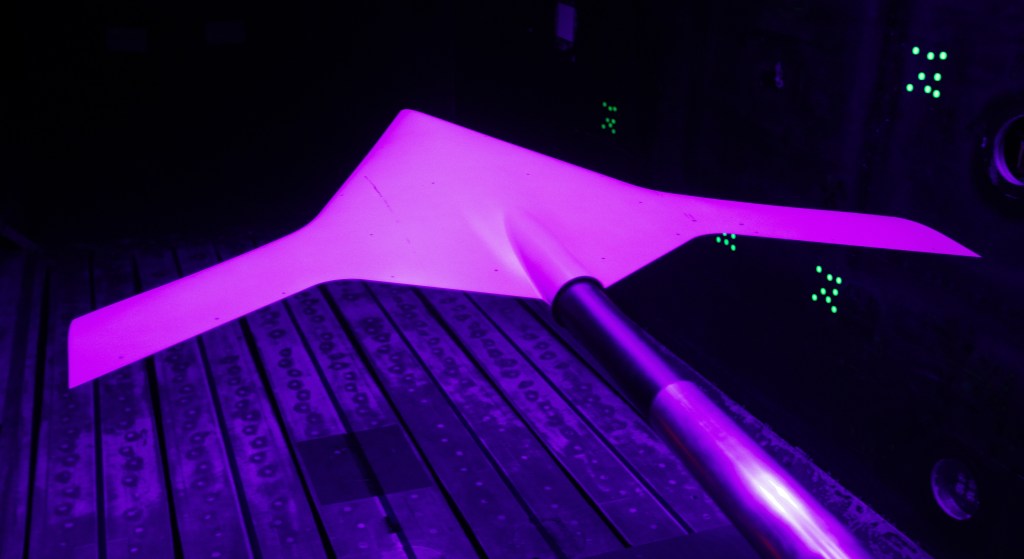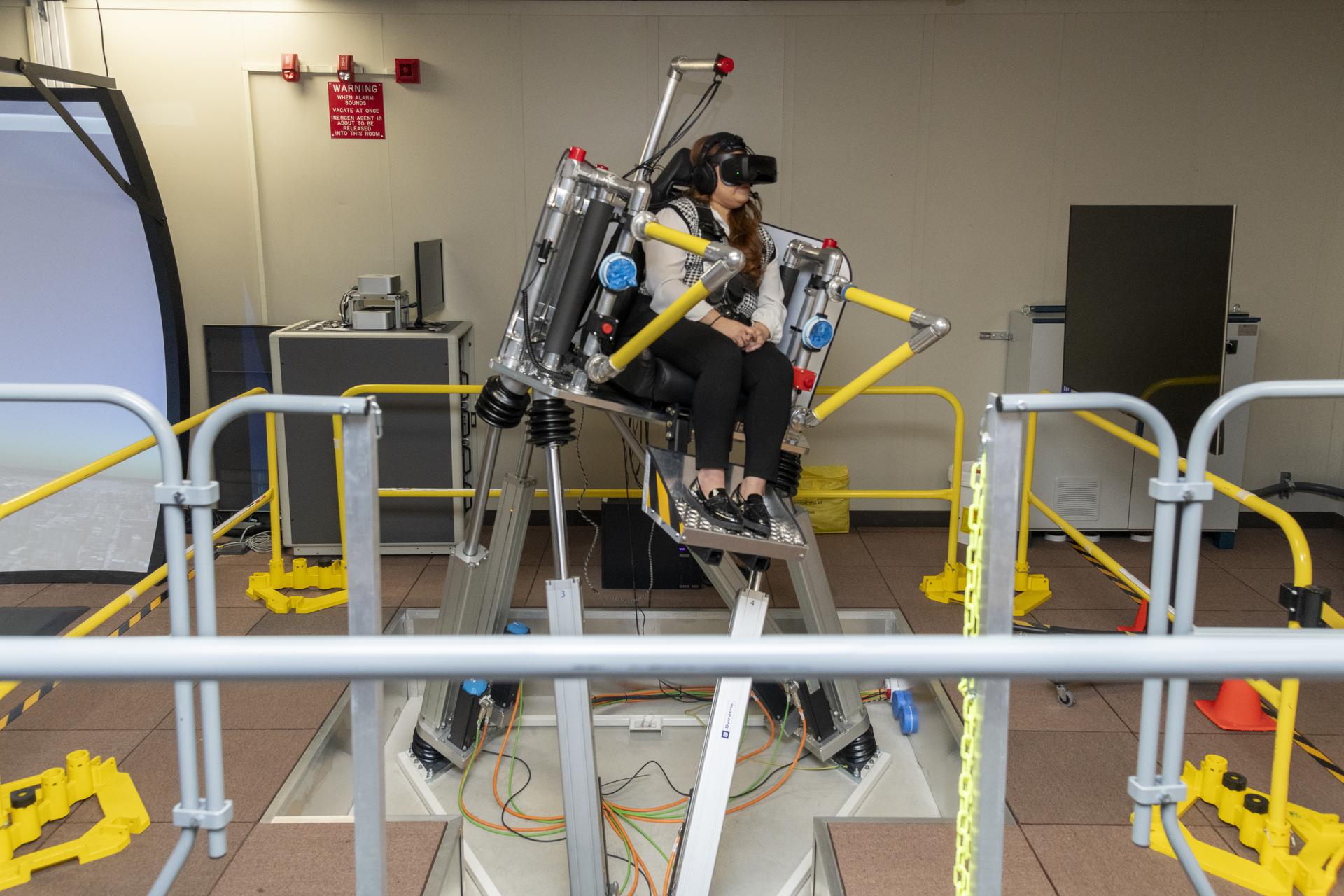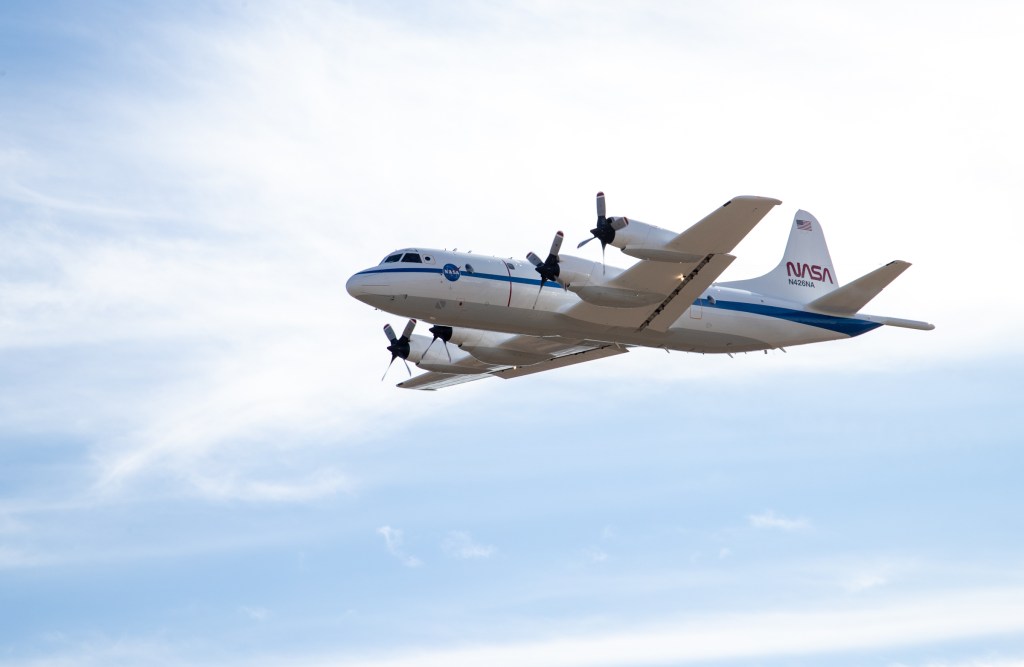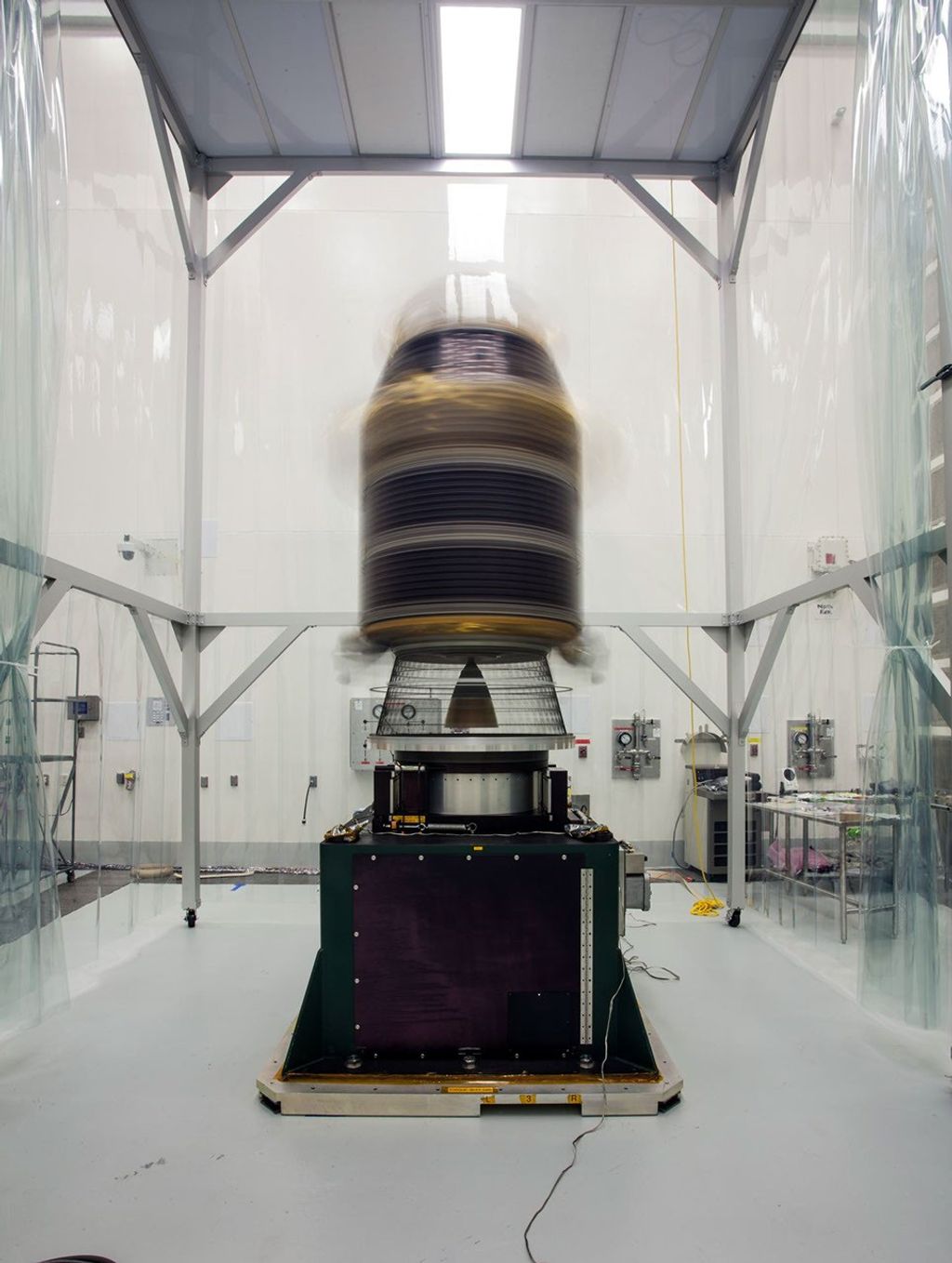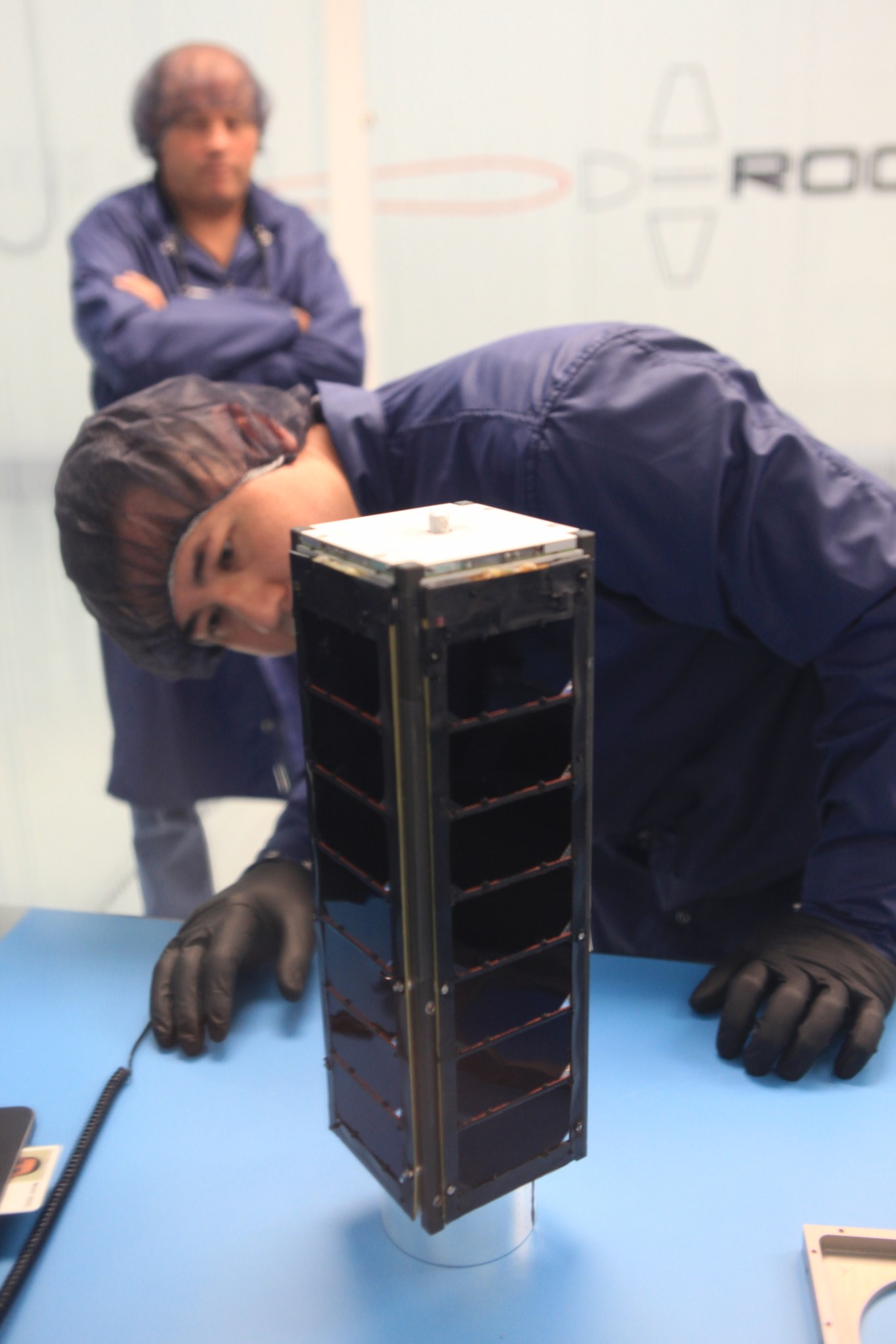What could a small satellite and ice cream possibly have in common?
Shields-1, NASA Langley Research Center’s first successful free-flying small satellite is kind of like an ice cream sandwich, according to some team members. The radiation protection technology demonstration includes layers of materials packaged with a new thin atomic Z-grade shielding material on the outsides and more traditional aluminum shielding material packed tightly in the middle.
Since its launch by Rocket Lab, the first time NASA CubeSats were launched on a dedicated ride to orbit on a commercial launch vehicle, the small satellite has been collecting data from orbit advancing radiation science and raising the Technology Readiness Level of the new shielding material.
“It’s a big contribution to the CubeSat community, helping to understand the effect of radiation on CubeSats,” said Kevin Somervill, NASA electronics engineer. “We don’t do a lot of space radiation experiments but the difference between the ground data and simulations and what’s actually experienced – there are orders of magnitude of uncertainty. By correlating between Shields-1 and other instruments we can refine the uncertainty in some of the radiation models.”
This is the first spaceflight test of the Z-shielding material, developed by Shields-1 principal investigator Larry Thomsen. Onboard the small satellite, eight dosimeters, devices that measure radiation, are monitoring how the different materials are protecting the core of the spacecraft.
“The system is behaving largely as expected,” Thomsen said. “The Z-shielding data is attractive data for payload radiation detection because you don’t have to use it over the entire spacecraft.”
Using small satellites and CubeSats for spaceflight tests of new technologies is a benefit to NASA, said Carrie Rhoades, Technology Transfer lead at Langley. The weight is lower – less than 180 kilograms for a small satellite versus up to 10,000 kilograms for a large satellite – and that helps make the cost to launch much lower than a traditional satellite. The miniaturization of sensors and electronics is opening up space to more and more applications.
SHIELDS is a 3U CubeSat (10 by 10 by 30 centimeters) and weighs 10 kilograms, the heaviest 3U CubeSat launched to date and it could last up to seven years in orbit.
“This is enabling new technology to get into the optimal spots in orbit for the best science data,” Rhoades said.
In addition to Shields-1, Langley researchers also led the Rapid Response Radiation Survey (R3S), hosted on a rapidly reconfigurable smallsat developed by the Defense Advanced Research Projects Agency, built by NovaWurks, and launched aboard a SpaceX Falcon 9 rocket. The center is also collaborating on a research center called the Virginia SmallSat Data Consortium. The group will be co-led by Old Dominion University and Virginia Tech along with the Virginia Commercial Space Flight Authority. The consortium aims to develop capacity-building projects at research centers in the strategic opportunity areas of small satellites, autonomous systems, big data, cyber security and life sciences.
For more information on NASA’s Small Satellite Missions: https://www.nasa.gov/mission_pages/smallsats


